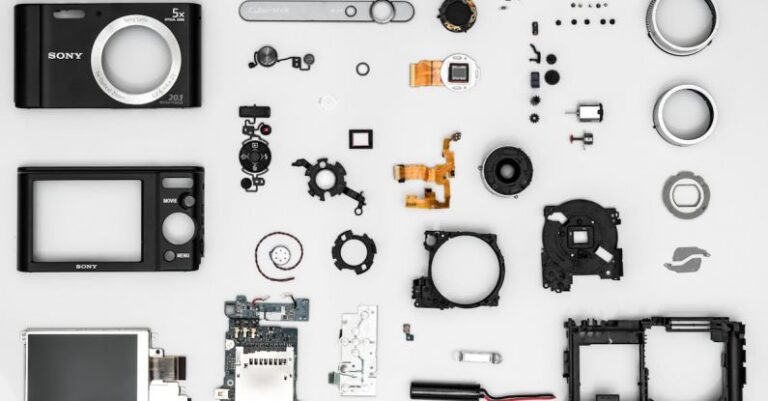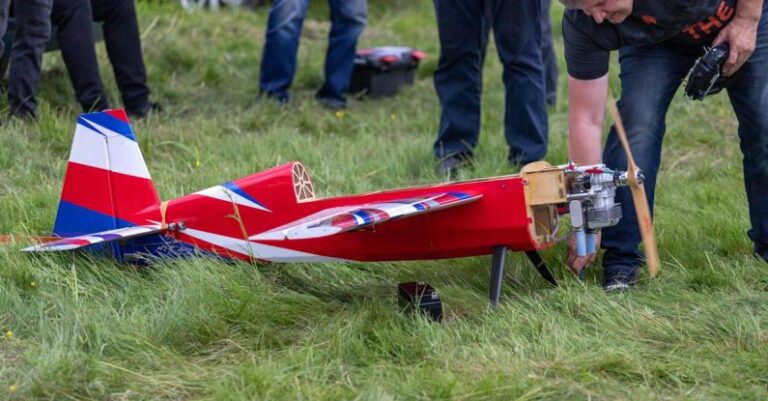
Building your own custom RC car can be a thrilling and rewarding experience for hobbyists and enthusiasts alike. With the freedom to choose every component and design aspect, you can create a unique vehicle that reflects your personality and preferences. Whether you are a seasoned RC car builder or a newcomer to the hobby, assembling a custom RC car requires attention to detail and precision. In this guide, we will walk you through the steps to successfully build your very own custom RC car from scratch.
Choosing the Right Components
The first step in assembling a custom RC car is choosing the right components. Start by selecting a high-quality chassis that suits your desired performance and design preferences. Consider factors such as weight, material, and compatibility with other components. Next, choose a motor and ESC (electronic speed controller) that match the power requirements of your RC car. Make sure to select a battery pack that provides sufficient voltage and capacity for your desired runtime.
Selecting the appropriate servo for steering and other functions is crucial for smooth control of your RC car. Additionally, choose a suitable radio transmitter and receiver that offer reliable signal range and interference resistance. Finally, select wheels, tires, and suspension components that are compatible with your chosen chassis and performance goals.
Assembling the Chassis
Once you have gathered all the necessary components, it’s time to start assembling the chassis. Begin by attaching the motor and ESC to the chassis according to the manufacturer’s instructions. Make sure to secure all components firmly to prevent any movement during operation. Next, install the servo and connect it to the steering mechanism. Check that the servo arm is properly aligned with the steering linkage to ensure precise control.
Mount the radio receiver in a secure location on the chassis, keeping it away from sources of interference such as the motor and ESC. Connect the receiver to the ESC and servo following the wiring diagram provided with your components. Finally, install the battery pack and secure it in place using Velcro straps or battery mounts.
Installing the Wheels and Suspension
With the chassis assembled, it’s time to install the wheels and suspension components. Attach the wheels to the axles using the provided hardware, making sure they are aligned correctly and spin freely. Install the suspension arms, shocks, and other suspension components according to the manufacturer’s instructions.
Adjust the suspension settings to achieve the desired ride height and handling characteristics. Fine-tune the shock absorbers to ensure smooth and controlled movement over various terrains. Test the suspension by gently bouncing the RC car and adjusting the settings as needed for optimal performance.
Testing and Fine-Tuning
Once the custom RC car is fully assembled, it’s essential to test all components thoroughly before taking it for a spin. Check the steering, throttle, and braking functions to ensure they are working correctly. Test the radio transmitter and receiver range to verify reliable signal reception.
Take your custom RC car for a test drive in a safe and open area to assess its performance and handling. Fine-tune the steering and suspension settings as needed to achieve the desired balance of control and speed. Enjoy the process of customizing and building your own RC car, and don’t hesitate to experiment with different components and designs to create a truly unique vehicle.
Incorporating Personal Touches
As you become more experienced in building custom RC cars, consider incorporating personal touches such as custom paint jobs, decals, and additional accessories. Personalizing your RC car adds a unique flair and makes it stand out on the track or trail. Experiment with different color schemes and designs to create a vehicle that reflects your style and creativity.
Building a custom RC car is a rewarding and enjoyable hobby that allows you to express your creativity and passion for remote-controlled vehicles. By following these steps and paying attention to detail, you can assemble a custom RC car that performs well and reflects your individuality. Embrace the process of building and customizing your own RC car, and enjoy the excitement of racing or bashing with a vehicle that is truly one-of-a-kind.





